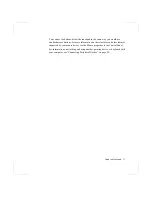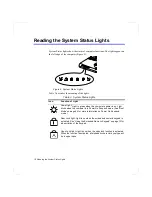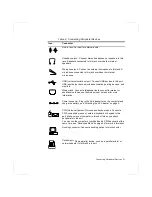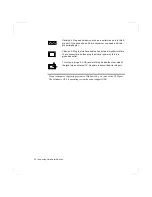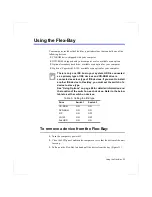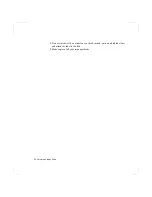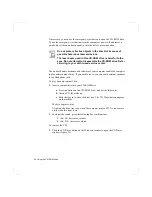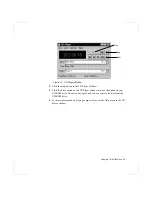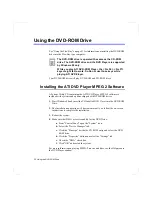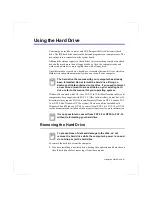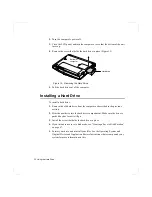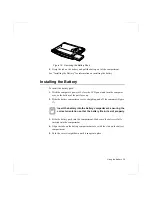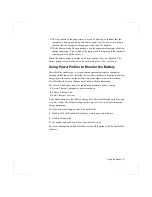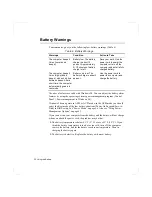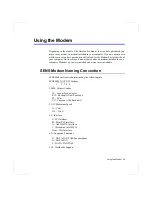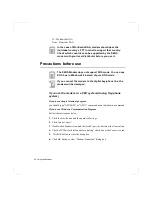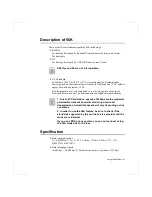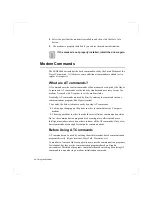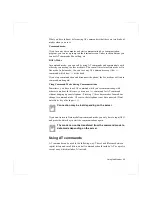
Using the Hard Drive 31
Using the Hard Drive
Your computer includes a removable IDE (Integrated Drive Electronics) hard
drive. The IDE hard drive can store the data and programs your computer uses. The
drive plugs into a connector on the system board.
Although the storage capacity of hard drives varies according to model, any hard
drive holds much more than a floppy disk does. Also, the computer reads and
works with a hard drive more rapidly than with a floppy disk.
Once information is saved on a hard drive, it remains there until it is overwritten.
Hard drive heads park automatically when you turn off your computer.
The hard drive that comes with your computer has already
been formatted. Do not format the hard drive. Doing so
destroys all data contained on the drive. If you need to format
a new drive, or want to erase all data on your existing hard
drive, refer to the manual for your operating system.
Windows 98 can work with FAT-16 or FAT-32 (a 32-bit file allocation table), your
computer has been supplied with FAT-32. Older software that you may have (16-
bit software) may require FAT-16 to run. Similarly Windows NT 4.0 can use FAT-
16 or NTFS (the Windows NT file system). There are utilities included with
Windows 98 and Windows NT 4.0 to convert from FAT-16 to FAT-32 or NTFS,
see the documentation included with your operating system for more information.
It is not possible to convert from FAT-32 or NTFS to FAT-16
without reformatting your hard drive.
Removing the Hard Drive
To prevent loss of data and damage to the disk, do not
remove the hard drive while the computer’s power is on and
do not drop or jar the hard drive.
To remove the hard drive from the computer:
1. If you are installing a new hard drive, backup the application and data files on
the old hard drive before removing it from the computer.

